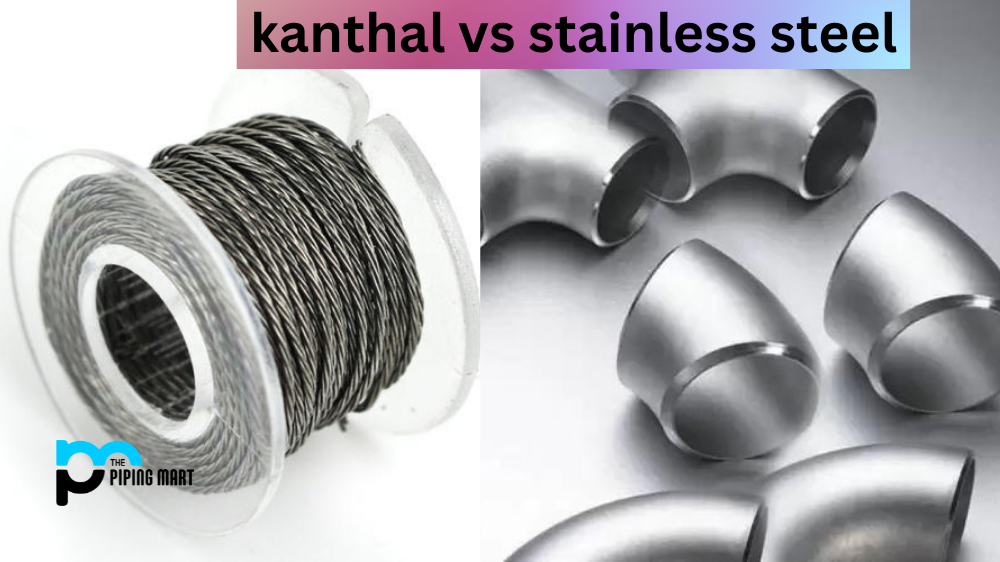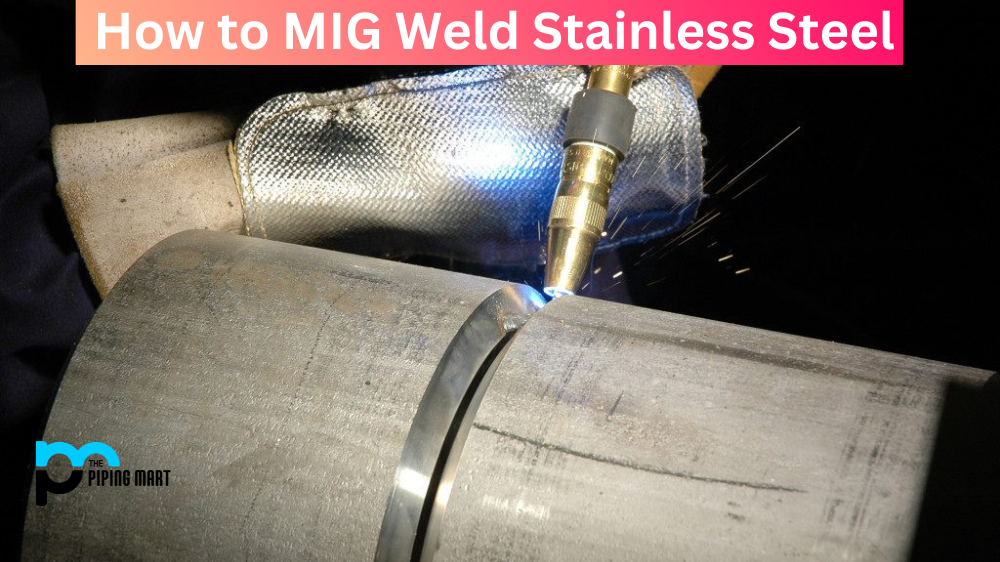High-Strength Low-Alloy (HSLA) steel is a type of alloyed steel known for its excellent strength, toughness, and resistance to corrosion. In recent years, HSLA steel has become increasingly popular in various industries, including construction, transportation, manufacturing, and more. However, like any other material, HSLA steel has advantages and disadvantages that must be understood before use. In this post, we’ll take a closer look at the pros and cons of HSLA steel to help you make an informed decision.
Advantages of HSLA Steel
Excellent Strength and Toughness
HSLA steel is renowned for its exceptional strength and toughness, which makes it an ideal choice for high-stress applications such as structural components in buildings, bridges, and transportation infrastructure.
Wear and Corrosion Resistance
HSLA steel is designed to resist wear, abrasion, and corrosion, making it an excellent choice for industrial and marine environments.
Lightweight Design
HSLA steel is an excellent alternative to traditional structural steel because it combines a high strength-to-weight ratio with low weight. This results in significant cost savings due to reduced transportation and installation costs.
Customizable Properties
HSLA steel can be manufactured to meet specific requirements, such as higher or lower strength, better formability, or improved welding characteristics.
Disadvantages of HSLA Steel
Higher Cost
Compared to regular steels, HSLA steel can be more expensive due to its unique properties and manufacturing requirements.
Difficult to Machine
HSLA steel is harder than regular steel, making it more difficult to machine and limiting its usage to certain applications.
Requires Special Welding Techniques
HSLA steel requires a different welding process than regular steel, making it more challenging to work with inexperienced welders.
Reduced Ductility
HSLA steel’s higher strength comes at the cost of reduced flexibility, which means it has a lower ability to bend or stretch without breaking.
Conclusion:
HSLA steel is a versatile material with many applications that can significantly benefit strength, toughness, and resistance to wear and corrosion. However, it is essential to weigh these benefits against their disadvantages, such as higher cost, reduced flexibility, special welding techniques, and difficulty in machining. Using HSLA steel will depend on your project’s specific needs and your industry’s requirements. However, with careful consideration and expertise, HSLA steel can be a valuable choice for your next project, offering strength, durability, and cost savings in the long run.

A passionate metal industry expert and blogger. With over 5 years of experience in the field, Palak brings a wealth of knowledge and insight to her writing. Whether discussing the latest trends in the metal industry or sharing tips, she is dedicated to helping others succeed in the metal industry.




